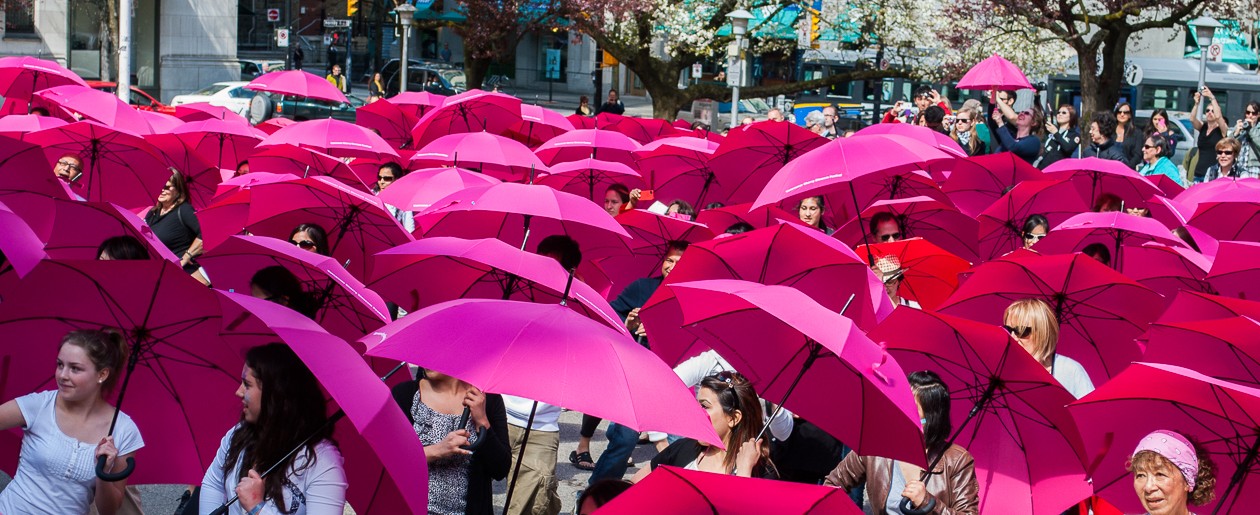Today I came across this Open University free course quite by accident. Because it was about family archives and would be relevant to this module I immediately enrolled in the course.
I was suitably impressed with this course. It covered the history of photographic portraiture in very digestible bit sizes of information – just enough to put everything into context and lay out a good foundation of understanding the genre. What I also found so illuminating was the importance of understanding the social mores and culture of the specific time.
The course began by introducing the concept of idealisation which was, of course, prevalent in painting portraiture. It was a fundamental belief that the artist had to highlight the sitter’s best features in the most flattering way and hide the sitter’s blemishes in the shadows of the portrait. Anything less than a perfect rendition of the sitter was regarded as crude.
Interestingly there is a portraiture hierarchy. At the highest level one has the historic or grand style. This style depicted scenes of heroic action or suffering taken from the Bible, Greek and Roman history and other legends. The painters were heavily influenced by the sculptors at that time in depicting the “perfect man or woman”.
The camera’s ability to capture a true likeness in an extremely short amount of time was regarded to be a disadvantage and the products were regarded as inferior. Photographers too, tried to comply with the concept of idealisation because that was what society was used to. There was a written imperative for achieving the best portraits. They were to represent not only the form, not be a mere map of the face, but they were to reveal the mind of the subject as well. This added a spiritual and moral dimension to their work.
 Characterization was an important element in photographic portraiture. Its primary objective was to render a characteristic likeness, and secondly to render the likeness in a pleasing manner by careful selection of the angle and pose of the sitter.
Characterization was an important element in photographic portraiture. Its primary objective was to render a characteristic likeness, and secondly to render the likeness in a pleasing manner by careful selection of the angle and pose of the sitter.
There were strict rules regarding Victorian portrait photography. The facial expression was the most important element. It was to be formal and unsmiling. If there was a smile it was to be a very faint one. Direct overhead lighting was to be avoided because of the racoon-like shadows that were cast under the eyes. The room the photographer was shooting in should be dark in order to enlarge the pupils of the sitter.
A lot of sexual stereotyping took place at this time. Men were photographed in a huge variety of poses, standing, sitting, legs astride, hands on hips, using umbrellas or canes. Their poses indicated a degree of action or impending action, and suggested they were more at ease with the world, figures of authority. Women, on the other hand, had to be photographed as demure and calm. Their feet had to be photographed together (for modesty’s sake) and their arms were always kept close to their body implying self-containment. They were usually photographed seated or standing showing very little interaction.
Backdrops also played an important role in studio photography and idealisation. The backdrop offered up an anonymous setting which removed people from their various backgrounds and circumstances. The poor could have their photograph taken in front of a backdrop of a upper-class sitting room just as equally as the rich people could. Props were often used. Books symbolised literacy and were often used in the photographs of people who could not read. Retouching and colourisation were also dealt with.
 The course then went into the details of Victoria camera culture, delving into the various types of photographs that would appear in a photo album, e.g. records of achievement, prized possessions, special occasions and rites of passage. Of particular interest here were the different categories of the rites of passage and the subtle nuances that one has to be aware of when looking at historical photographs.
The course then went into the details of Victoria camera culture, delving into the various types of photographs that would appear in a photo album, e.g. records of achievement, prized possessions, special occasions and rites of passage. Of particular interest here were the different categories of the rites of passage and the subtle nuances that one has to be aware of when looking at historical photographs.
Open air photography was dealt with next concentrating on the itinerant photographer roaming the streets to do street photography and those who did seaside photography.
This course has stressed that photographs are partial and biased and that photography needs critical analysis and careful interpretation. Particular attention should always be paid to the importance of contextualisation when analysing photographs.
Reference List
OpenLearn (2016). Picturing the family [online] The Open University. Available at: http://www.open.edu/openlearn/history-the-arts/culture/visual-art/picturing-the-family/content-section-0 [Accessed 7 August, 2016]

I wish I had the time to do this course. Looks great
LikeLike
It really isn’t long. All the material is available. I did the whole thing in an afternoon.
LikeLiked by 1 person
Will you email me a link please? If I can do it I will try – it’s sounds extremely relevant for me 🙂
LikeLike
The link is actually in my reference list :-), but I’ll send it to you via FB as well.
LikeLike
Sounds just the right course for me as the next part of my course is about the archive and found image.
LikeLike
Another MOOC to go on my list. There’s a couple of good short ones on Identity too, which I am about to write about.
LikeLike
That sounds a great course , as usual I am behind with coursework , but like Catherine think it is really relevant to the next section so I hope I can make time to do it .
LikeLike